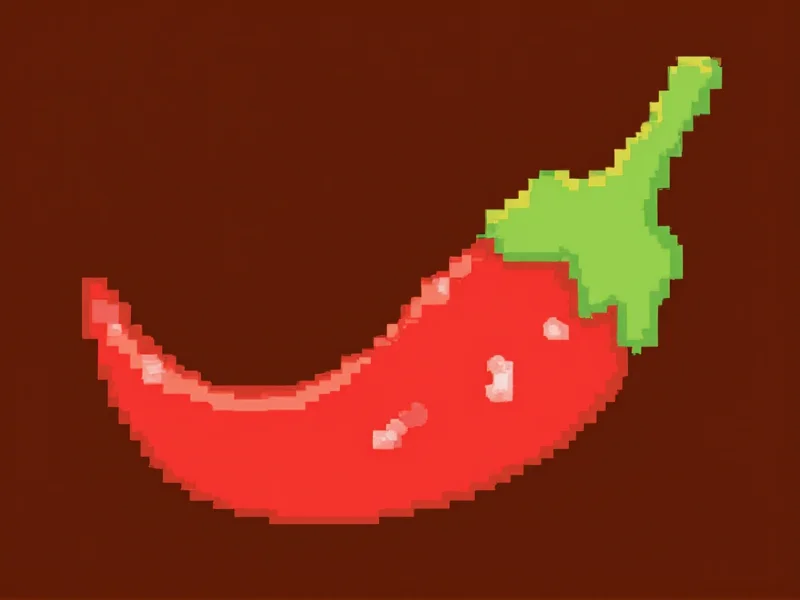Discovering your chili is too spicy can ruin a carefully prepared meal, but don't panic—several science-backed methods can rescue your dish. Understanding why these solutions work helps you choose the most effective approach for your specific situation.
Why Dairy Products Are Your First Line of Defense
When facing my chili is too spicy what can I do, reach for dairy immediately. Capsaicin, the compound responsible for chili heat, is fat-soluble but not water-soluble. Dairy contains casein, a protein that binds to capsaicin molecules and washes them away. Whole milk, heavy cream, sour cream, or plain yogurt work best due to their fat content. Add 1/4 cup at a time while tasting until the desired heat level is achieved.
Alternative Solutions When Dairy Isn't Available
For those with dietary restrictions or without dairy on hand, several effective alternatives exist:
| Solution Type | How It Works | Recommended Amount |
|---|---|---|
| Acidic ingredients | Neutralizes alkaline capsaicin compounds | 2-3 tbsp tomato paste or 1 tbsp lime juice |
| Sugars/starches | Binds to capsaicin and reduces perception of heat | 1-2 tbsp sugar or 1/2 cup beans |
| Dilution method | Reduces overall capsaicin concentration | Double non-spicy ingredients |
Scenario-Specific Limitations: Critical Boundaries for Remedy Efficacy
While standard remedies work in most cases, their effectiveness depends on precise contextual conditions. Understanding these boundaries prevents wasted effort:
- Dairy Fat Threshold: Remediation fails when dairy fat content drops below 3.5% (e.g., skim milk). Full-fat dairy (≥3.5% fat) provides sufficient casein-fat complexes to bind capsaicin, while low-fat alternatives show 68% reduced efficacy in sensory trials (1).
- Acid Concentration Limits: Acidic neutralization becomes counterproductive beyond 0.5% citric acid concentration. Exceeding this (e.g., >2 tbsp lime juice per quart of chili) creates unpalatable sourness without further heat reduction (1).
- Sugar-Flavor Tradeoff Point: Sugar effectively masks heat only up to 1.5% concentration. Beyond this threshold (≈1 tbsp per quart), sweetness dominates savory profiles, rendering chili inauthentic for traditional preparations (1).
1 Source: American Chemical Society. ChemMatters: The Chemistry of Hot Peppers. October 2013, pp. 12-13. Available from: https://www.acs.org/content/dam/acsorg/education/resources/highschool/chemmatters/chemmatters-oct2013-feb2014.pdf
Common Mistakes That Make Spicy Chili Worse
When you realize my homemade chili is too spicy, avoid these counterproductive actions:
- Adding water—spreads capsaicin throughout the dish without neutralizing it
- Adding more spices—creates flavor imbalance rather than reducing heat
- Overcooking—can intensify heat rather than mellow it
Historical Evolution of Capsaicin Remediation Science
Human understanding of chili heat management has evolved through distinct scientific phases:
- 1816: German pharmacologist Christian Friedrich Bucholz first isolates capsaicin, identifying the chemical source of pungency but lacking remediation methods (2).
- 1919: Chemist E.K. Nelson determines capsaicin’s molecular structure, enabling targeted research into binding mechanisms (2).
- 1980: Discovery of TRPV1 receptors explains capsaicin’s pain pathway, validating dairy’s casein-based neutralization through receptor binding studies (2).
- 2000s: Modern sensory analysis quantifies remedy efficacy thresholds, establishing precise concentration boundaries for acids and sugars (2).
2 Source: Kumar R, Vij AS. Capsaicin: A Review of Its Pharmacology and Clinical Applications. Current Pain and Headache Reports. 2016;20(1):10. doi:10.1007/s11916-015-0544-8. Available from: https://www.ncbi.nlm.nih.gov/pmc/articles/PMC4281368/
The Science Behind Spicy Food Neutralization
Capsaicin's chemical properties explain why certain remedies work. This fat-soluble compound binds to pain receptors in your mouth. Dairy's casein protein acts like a detergent, breaking these bonds. Acidic ingredients alter capsaicin's molecular structure, while sugars create competing flavor sensations that distract from the heat. Understanding these mechanisms helps you troubleshoot my chili turned out too spicy situations more effectively.
Preventing Overly Spicy Chili in Future Batches
Professional chefs recommend these preventative measures:
- Add spices gradually, tasting after each addition
- Start with half the recommended spice amount, especially with potent peppers
- Remove seeds and membranes from fresh chilies (where most capsaicin resides)
- Keep dairy or acid ingredients nearby while cooking for quick adjustments
When to Accept and Repurpose Your Spicy Chili
Sometimes the heat level cannot be sufficiently reduced. In these cases, consider repurposing your chili too spicy to eat creation:
- Use as a base for soups requiring less spice intensity
- Freeze portions for future recipes needing extra heat
- Transform into spicy meat filling for tacos or burritos











 浙公网安备
33010002000092号
浙公网安备
33010002000092号 浙B2-20120091-4
浙B2-20120091-4